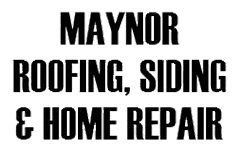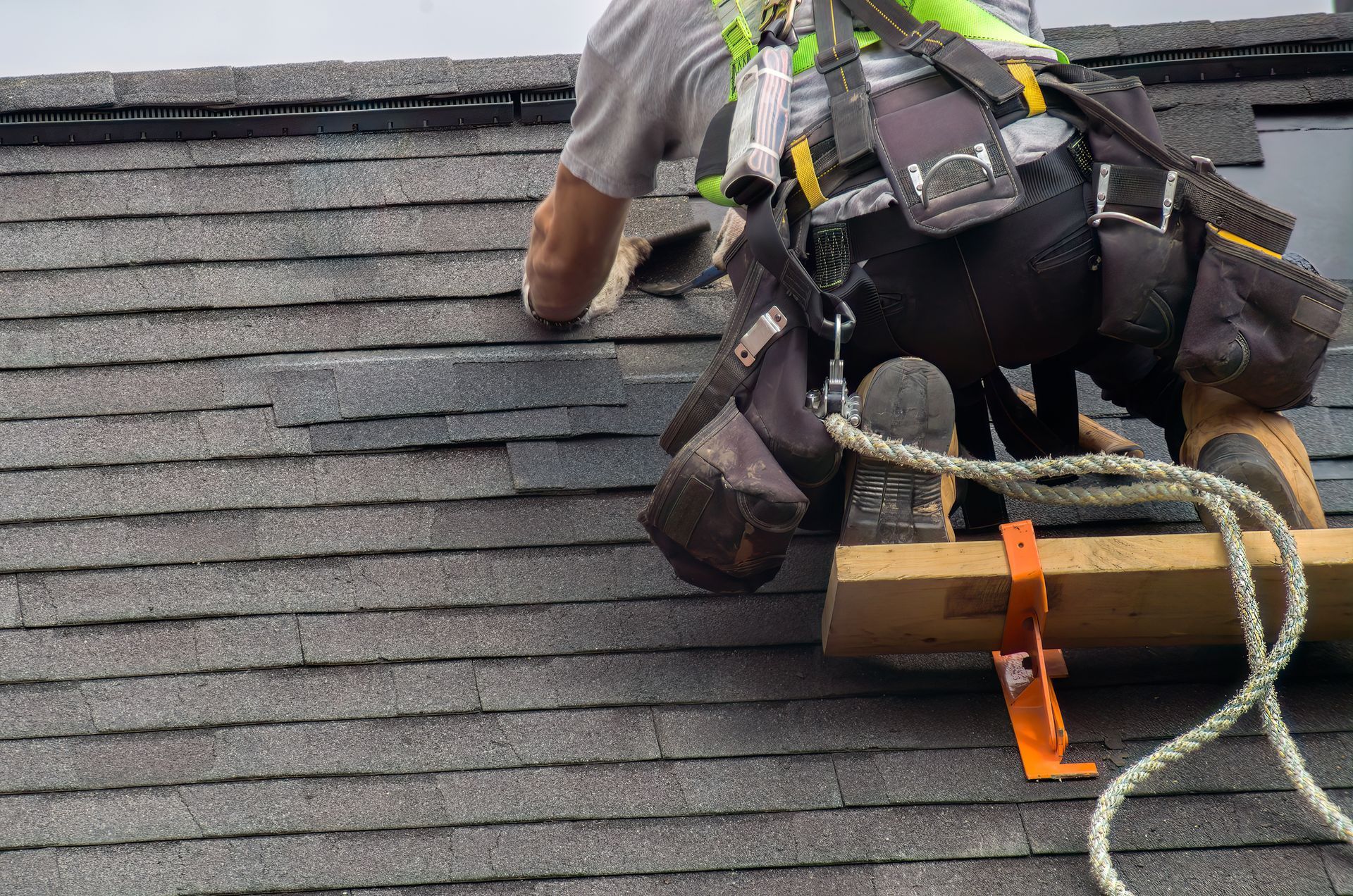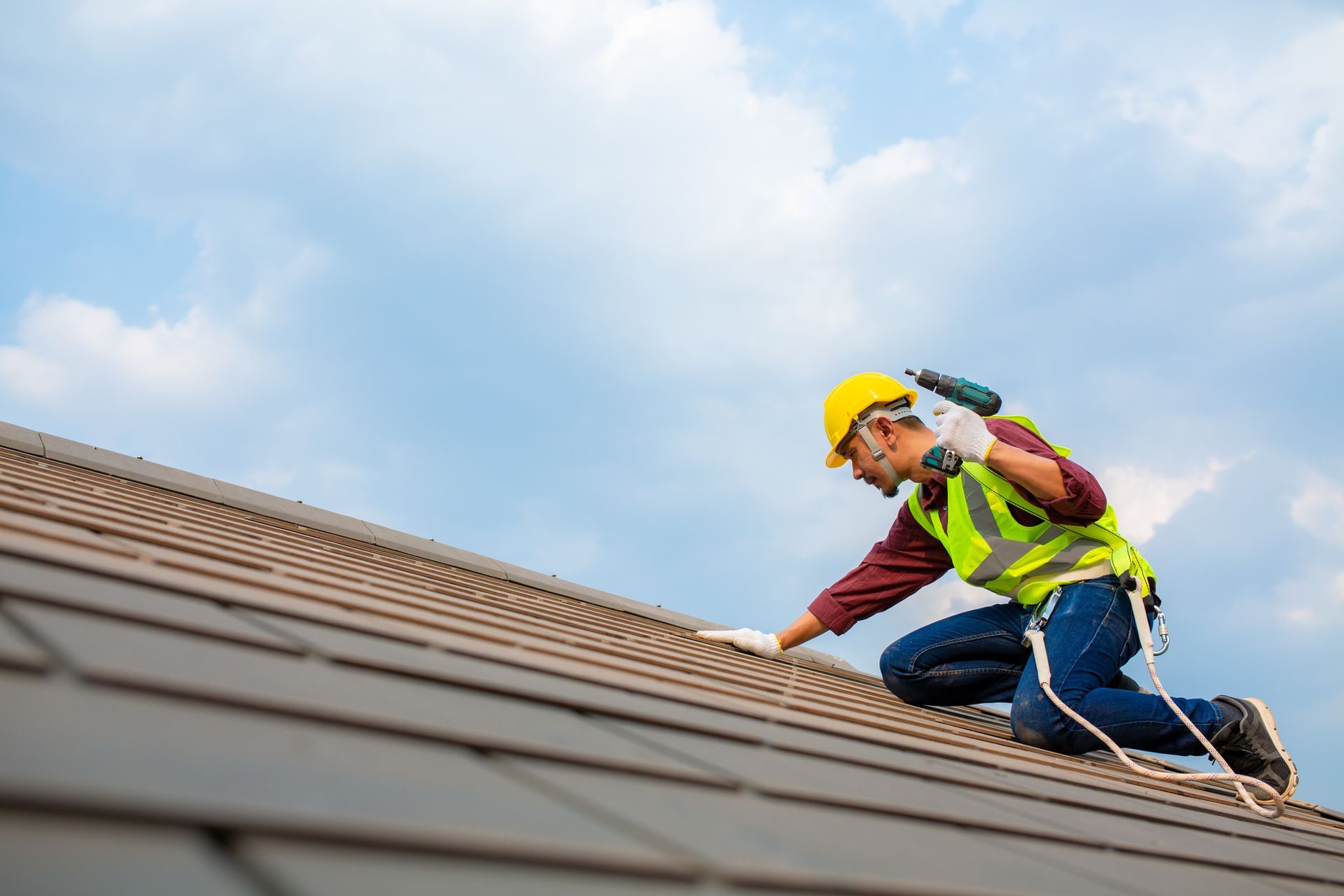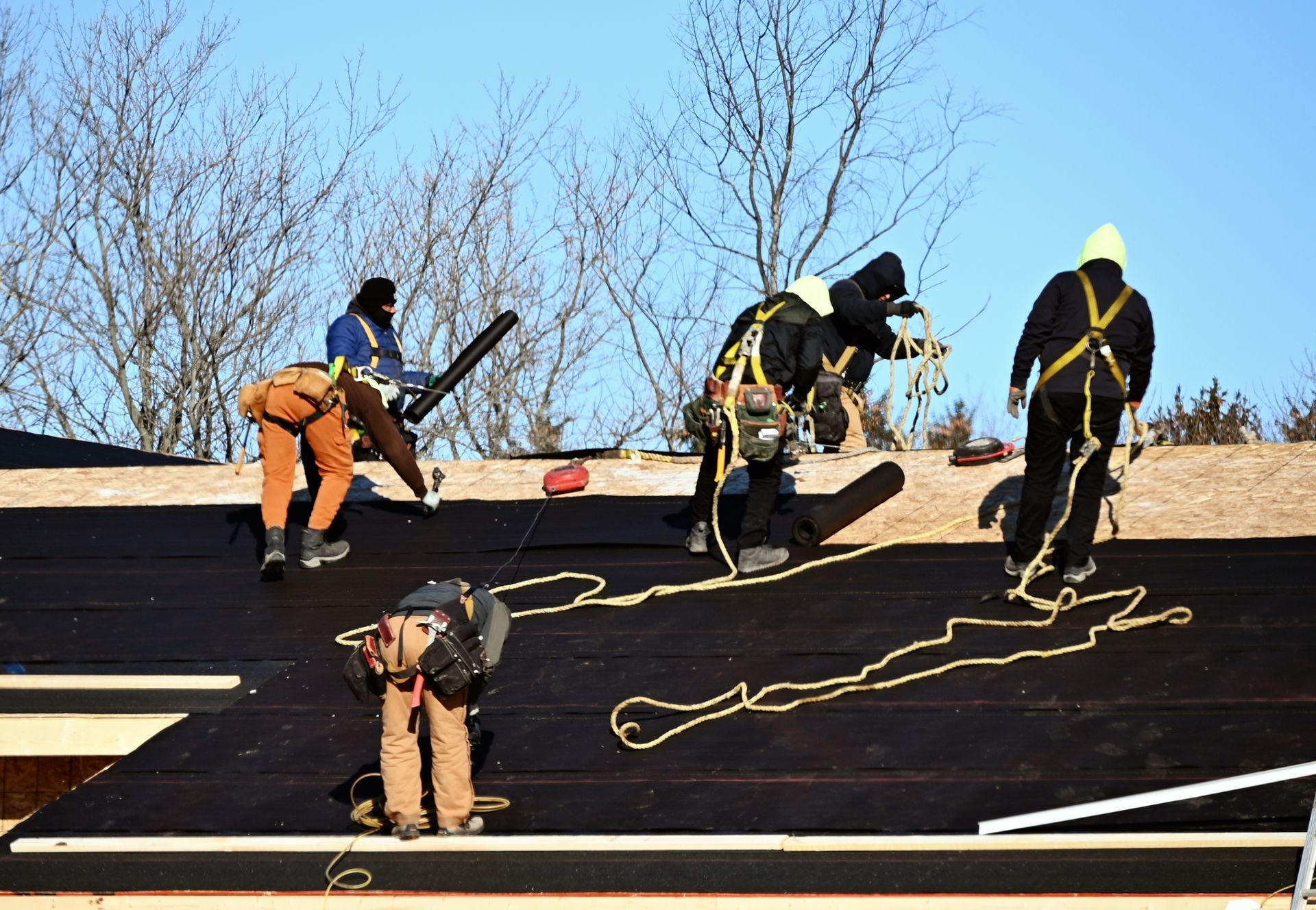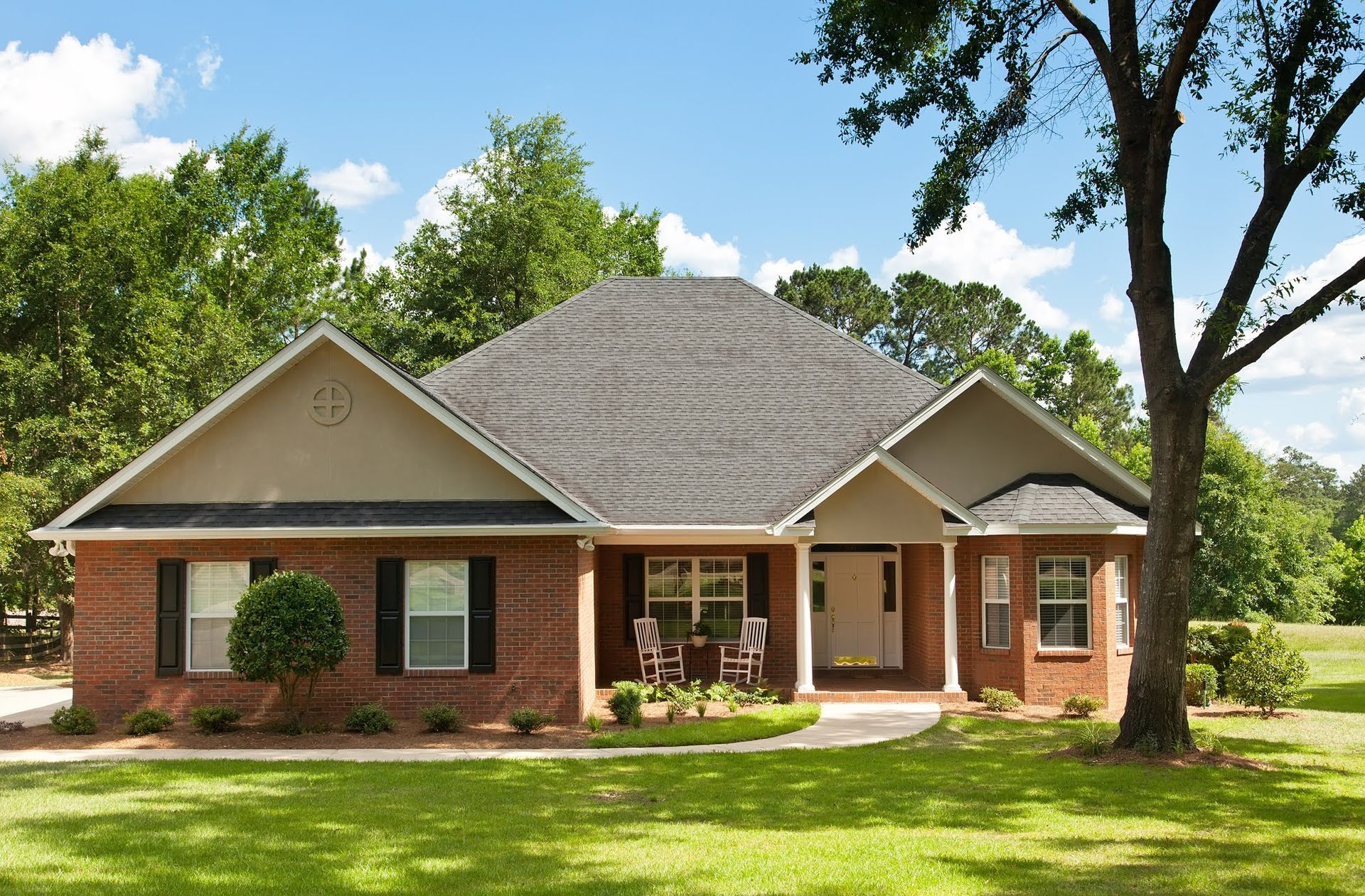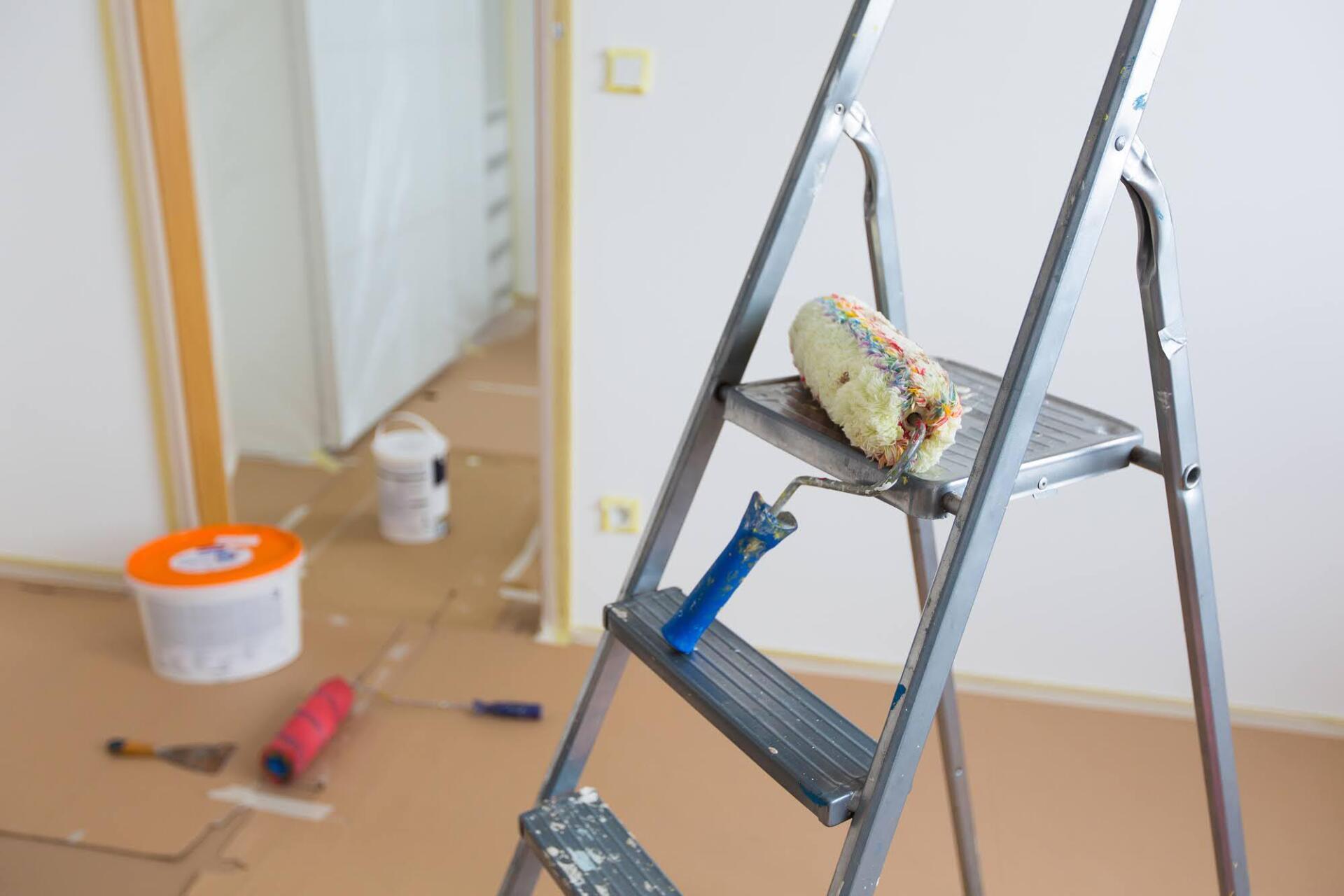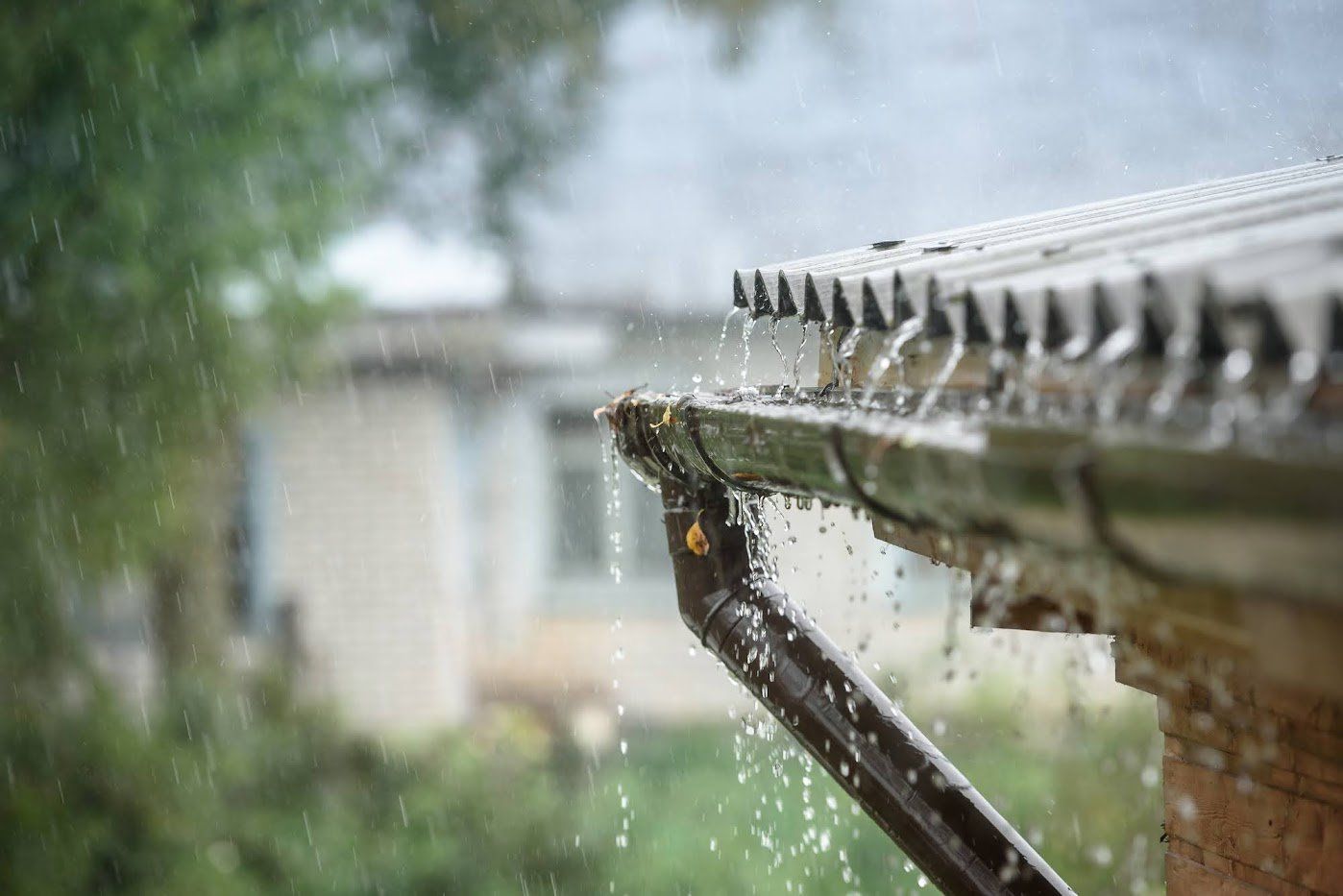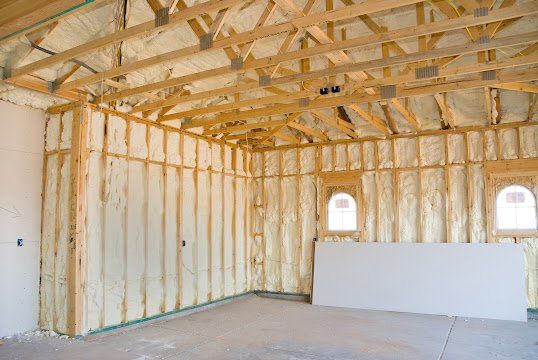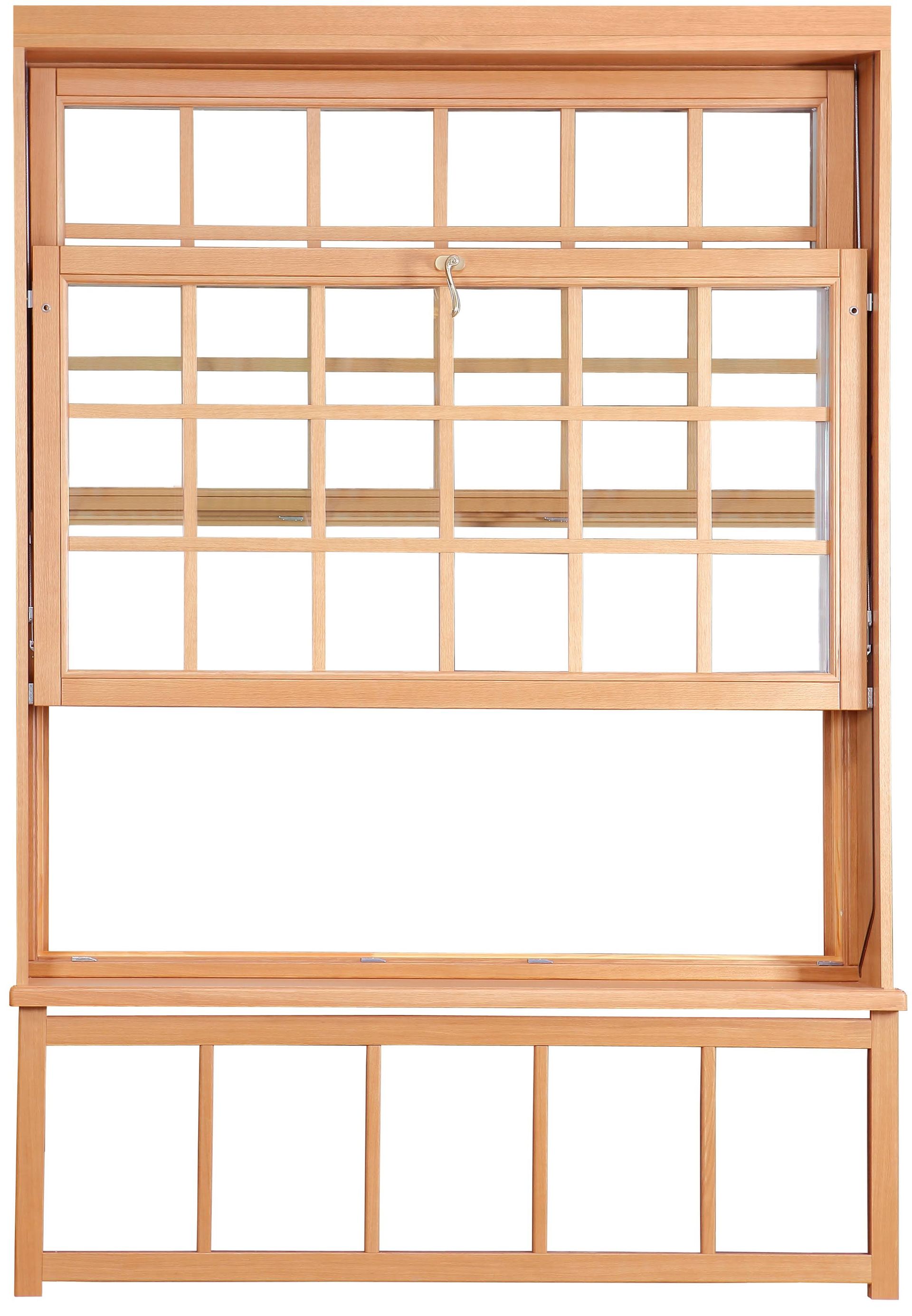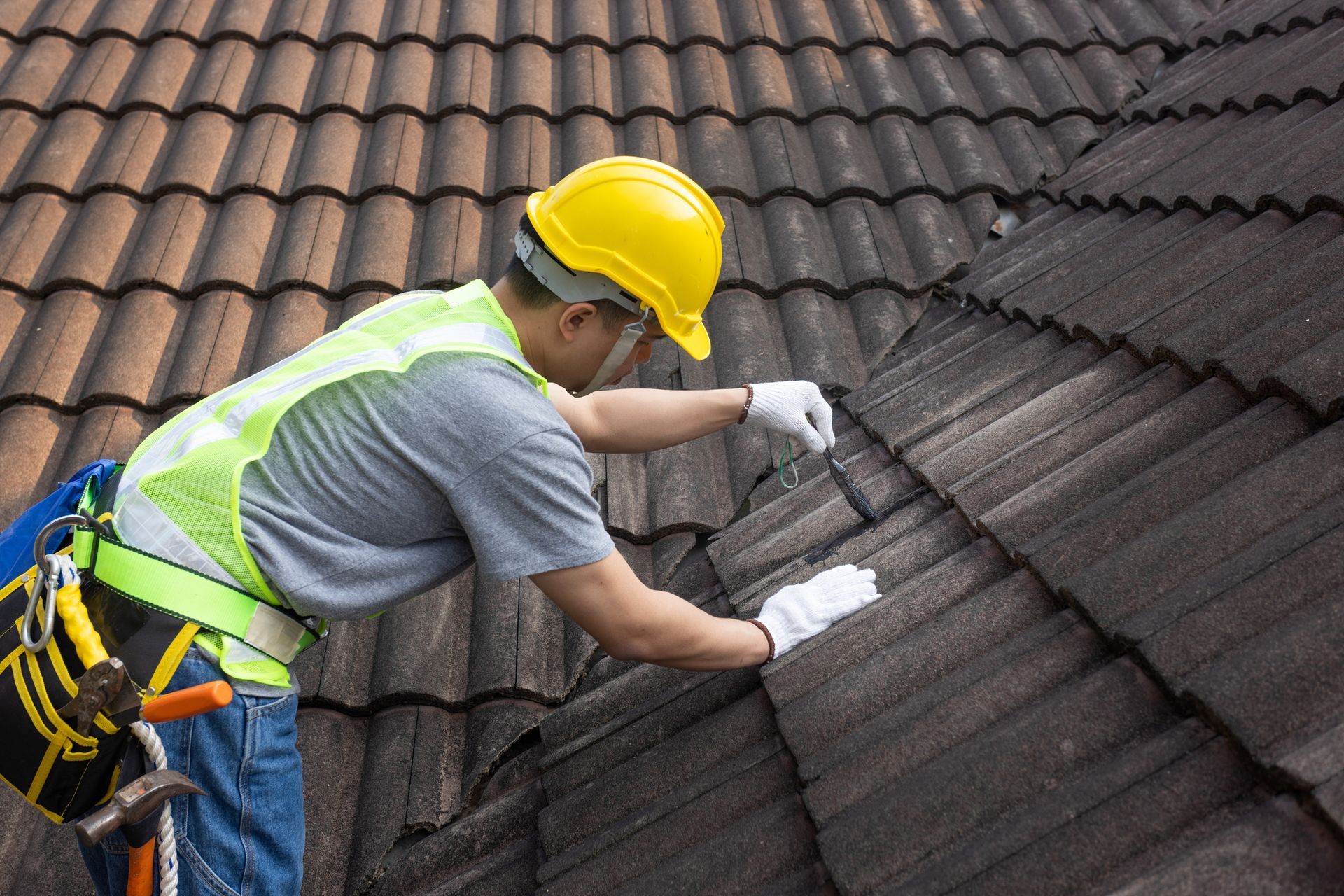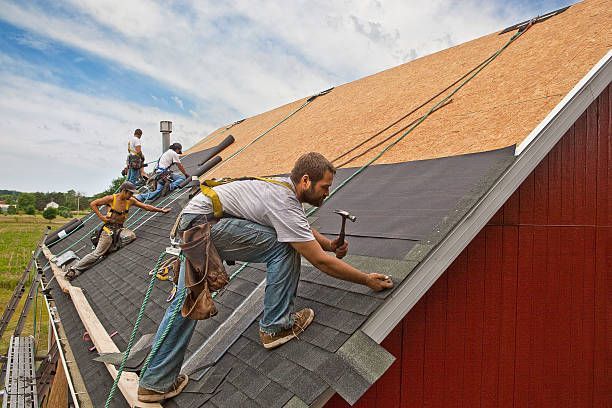Should You Upgrade Your Vinyl Siding?
Admin • May 13, 2020
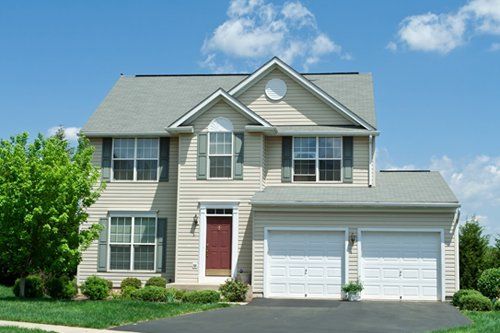
Your home's siding is one of its most prominent characteristics and can have a significant impact on its curb appeal. When siding begins to fail, it can make your home look drab and old, even if your home is in otherwise excellent condition. Unfortunately, many homeowners ignore old vinyl siding for far too long.
If the siding on your house is more than a couple of decades old, then you may need to start thinking about an upgrade. While vinyl is a durable and long-lasting material, it eventually fades and begins to wear out. These four simple considerations will help you to decide if you should upgrade the siding on your house.
1. Age
You don't need to replace your vinyl siding just because it's old. Some types of vinyl can last for decades with relatively little maintenance. Even less durable brands usually don't require replacement until years later. With proper maintenance, you can keep even old vinyl siding looking reasonably good.
However, while you shouldn’t just toss out perfectly good siding based on its age, this is one characteristic to keep in mind. If you begin to experience problems with older siding, then more trouble is likely right around the corner. Repairing damage from old, failing siding can quickly become a losing battle that may cost more than a complete replacement.
2. Maintenance History
Vinyl siding is low maintenance, but that doesn't mean that it doesn't require any care at all. The siding itself doesn't need much in the way of upkeep, but external factors can damage it over time. If you have allowed shrubs, vines, or other plants to grow too close to the house, this can lead to problems with moisture retention and even damage the siding itself.
You can always start caring for your siding, but you should consider its maintenance history when deciding on an upgrade. If your siding is already old and has lived a neglected life, then you may find yourself spending a significant amount of money on repairs. In many cases, it may be better to replace poorly maintained siding now to save yourself time, trouble, and money in the future.
3. Evidence of Mold and Moisture
Mold or mildew growing on vinyl siding is often a sign of neglect or severe underlying damage. When plants grow too close to the house, dirt and debris can build up on the vinyl. This material, combined with water, provides the perfect opportunity for mold growth. Not only is this unsightly, but it can potentially lead to mold infiltrating your home.
In many cases, mold growth on your vinyl can also indicate an underlying problem with the siding. If water has seeped beneath the siding to the wood sheathing, then sections of your walls may be permanently damp and rotting. Pay special attention to areas where mold seems to grow no matter how often you clean. This growth may indicate a significant problem with your siding.
4. Obvious Physical Damage
Finally, always consider clear signs of physical damage. As vinyl siding ages, you can expect panels to warp, crack, and even sag from exposure to heat. Surprisingly, painting your vinyl a dark color may accelerate this process by allowing it to absorb more heat. You can replace individual damaged sections, but this is rarely cost-effective to do so if the damage is widespread or the siding is already very old.
Replacing your home's old, faded vinyl siding can be a great way to brighten up its curb appeal and increase its resale value. If you're ready to ditch your old siding, then give Maynor Roofing, Siding & Home Repair
a call. We can help you to bring your old, damaged siding into the 21st century.
